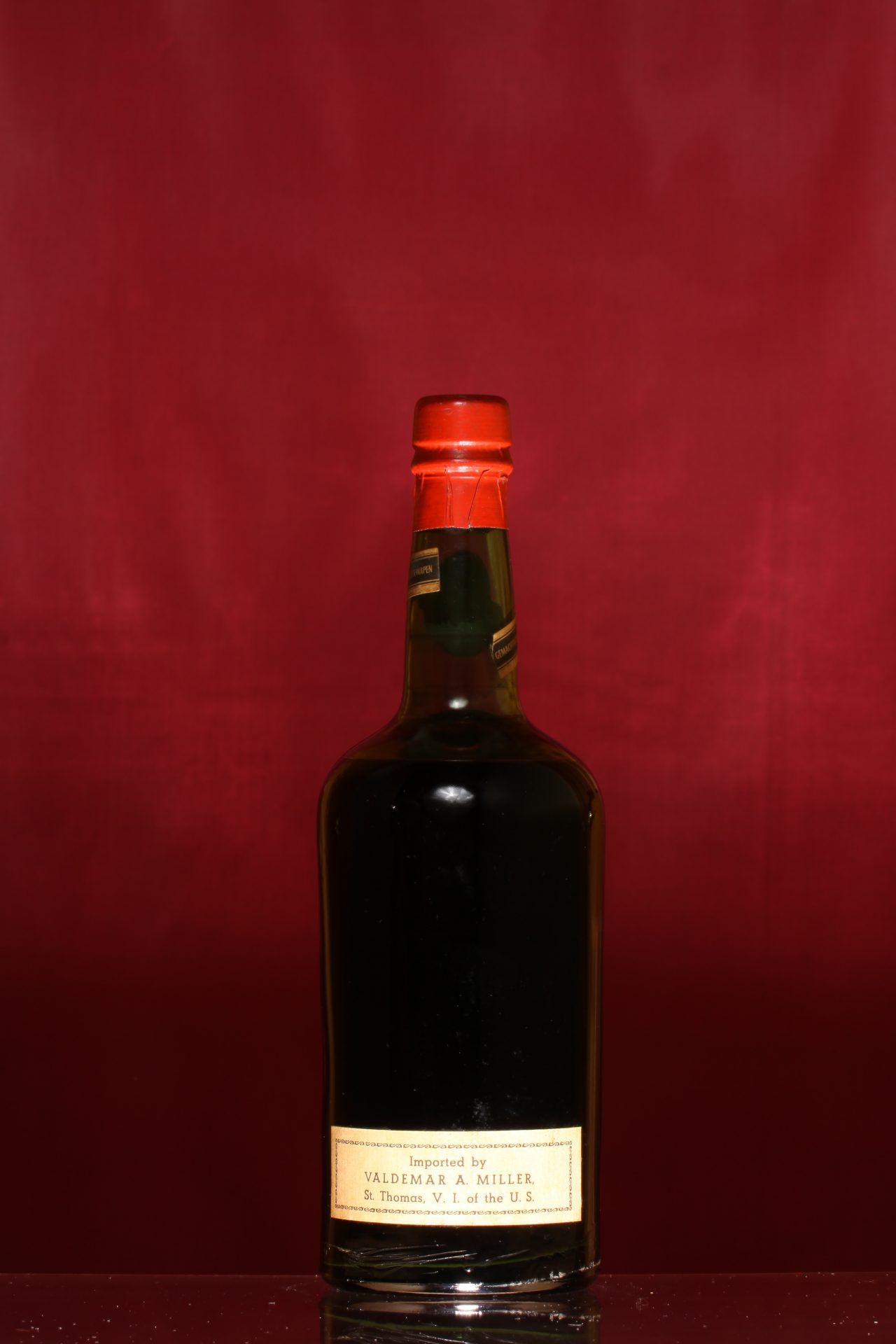DRY ORANGE CURACAO
| Type: | LIQUEUR |
| Flavor: | Orange |
| Made From: | Orange |
| Produced By: | BOLS DISTILLING COMPANY |
| Origin: | Holland |
| Proof: | 60 |
| Age: | 0 |
| Importer: | VALDEMAR A. MILLER |
| Location: | St. Thomas, V.I. |
What’s the Difference Between Cura̓§ao & Triple Sec?
While both orange cura̓§ao and triple sec are types of orange liqueurs, the two terms are not exactly interchangeable -Cura̓§ao gets its name from the island off the Venezuelan coast, where the Spanish cultivated Valencia oranges following their arrival from Europe. The island would later become a Dutch property. The fruit evidently wasn’t great eating, due to the dry climate, and over time the island’s increasingly rugged oranges came to be known by a different name: Laraha. The bitter, aromatic peels of these wild-grown oranges, when dried out, would ultimately prove a popular flavoring for spirits back in the Old World. This is how cura̓§ao was likely born. You might expect that products labeled “cura̓§ao” would have to include oranges from that island, but no such rule exists.
Triple sec probably originated in France as an offshoot style of orange cura̓§ao. Sec means “dry” in French, and, while the meaning of the “triple” in the name remains in dispute, triple secs are known to be drier (i.e., less sweet) in style than cura̓§aos (leading some to believe that “triple” is meant to suggest three times as dry).
Cointreau, among the best-known brands of orange liqueur, is a triple sec in style, even though it’s not labeled as such. Grand Marnier, the other heavyweight in the category, is in the slightly sweeter cura̓§ao camp.
Numerous other brands fill out the current market, as well as the flavor spectrum, for orange liqueur. Products range from spicy and bitter and nicely restrained in their sweetness, to cloying and syrupy and hardly bitter at all. And I suppose from that comparison you can guess where my preferences lie.


